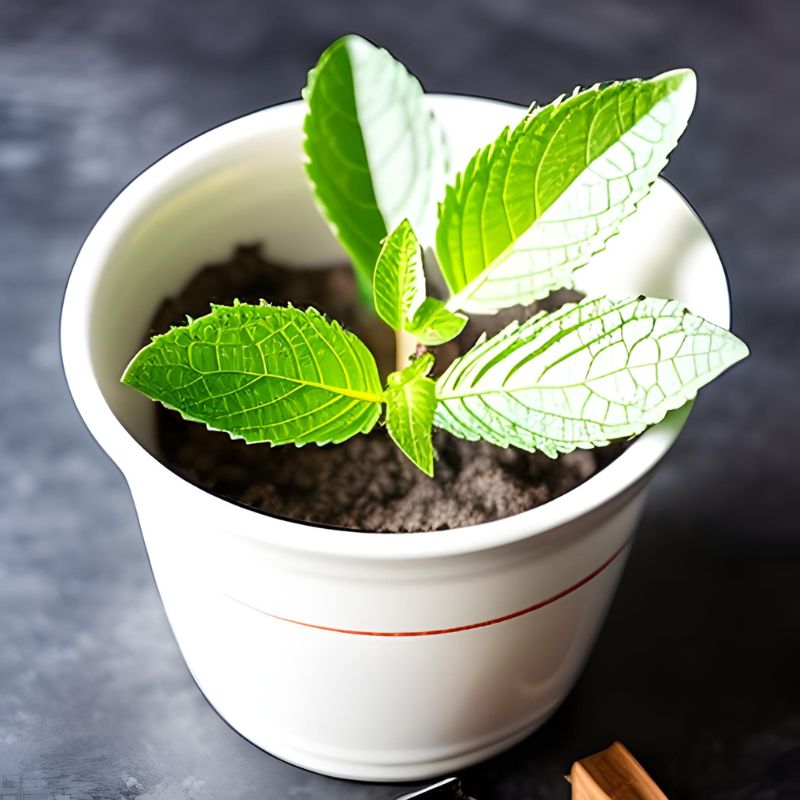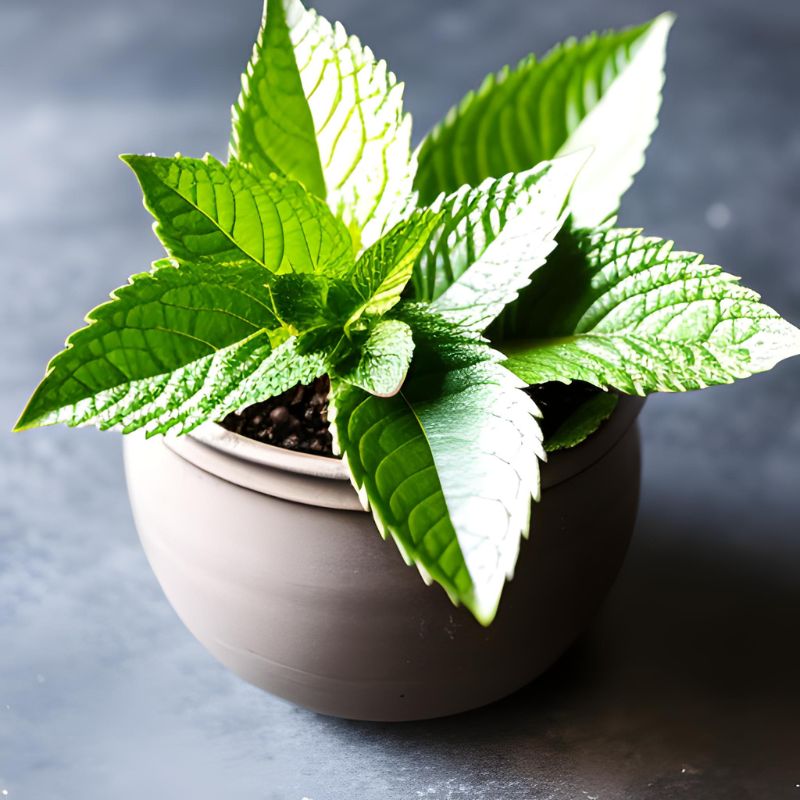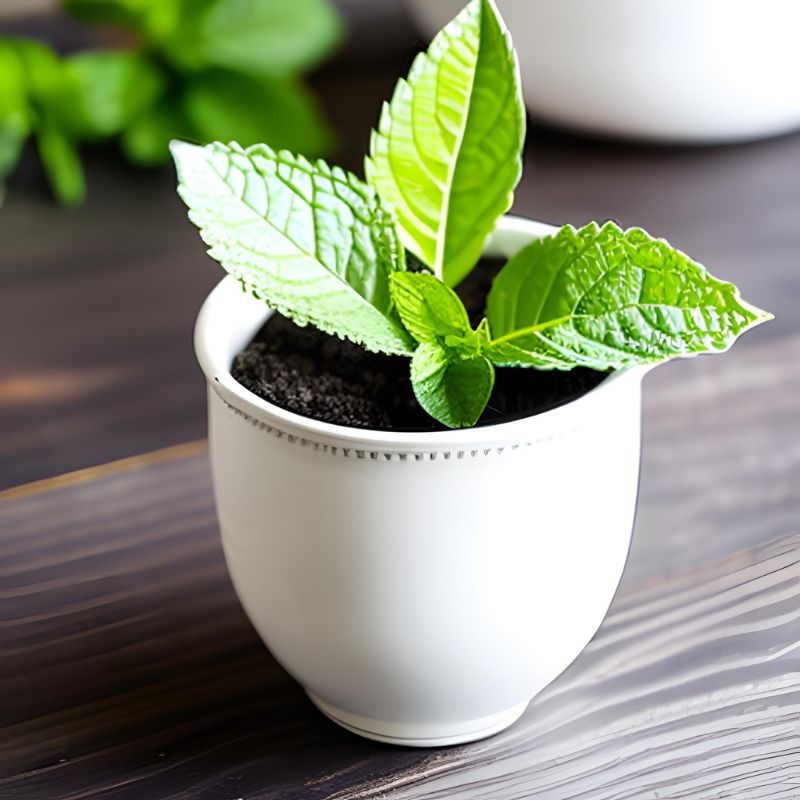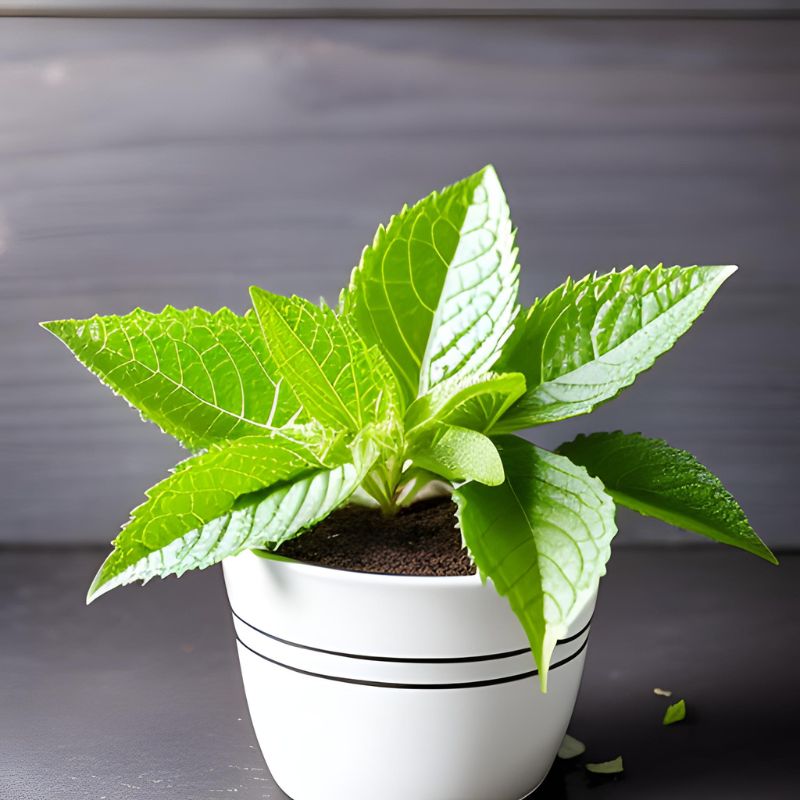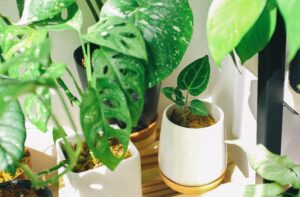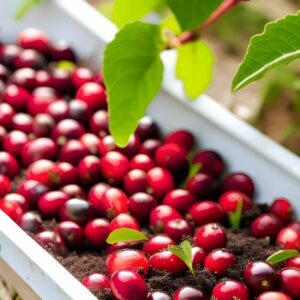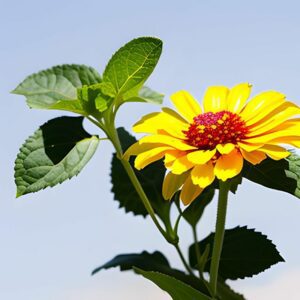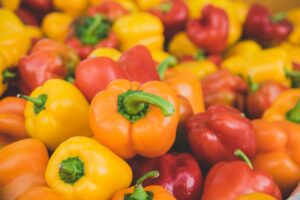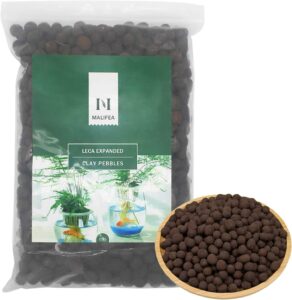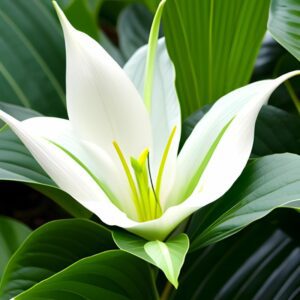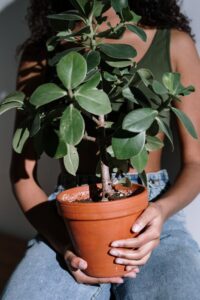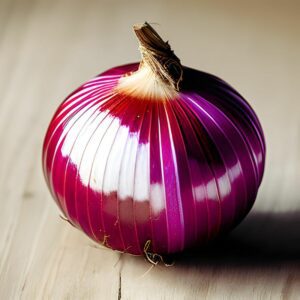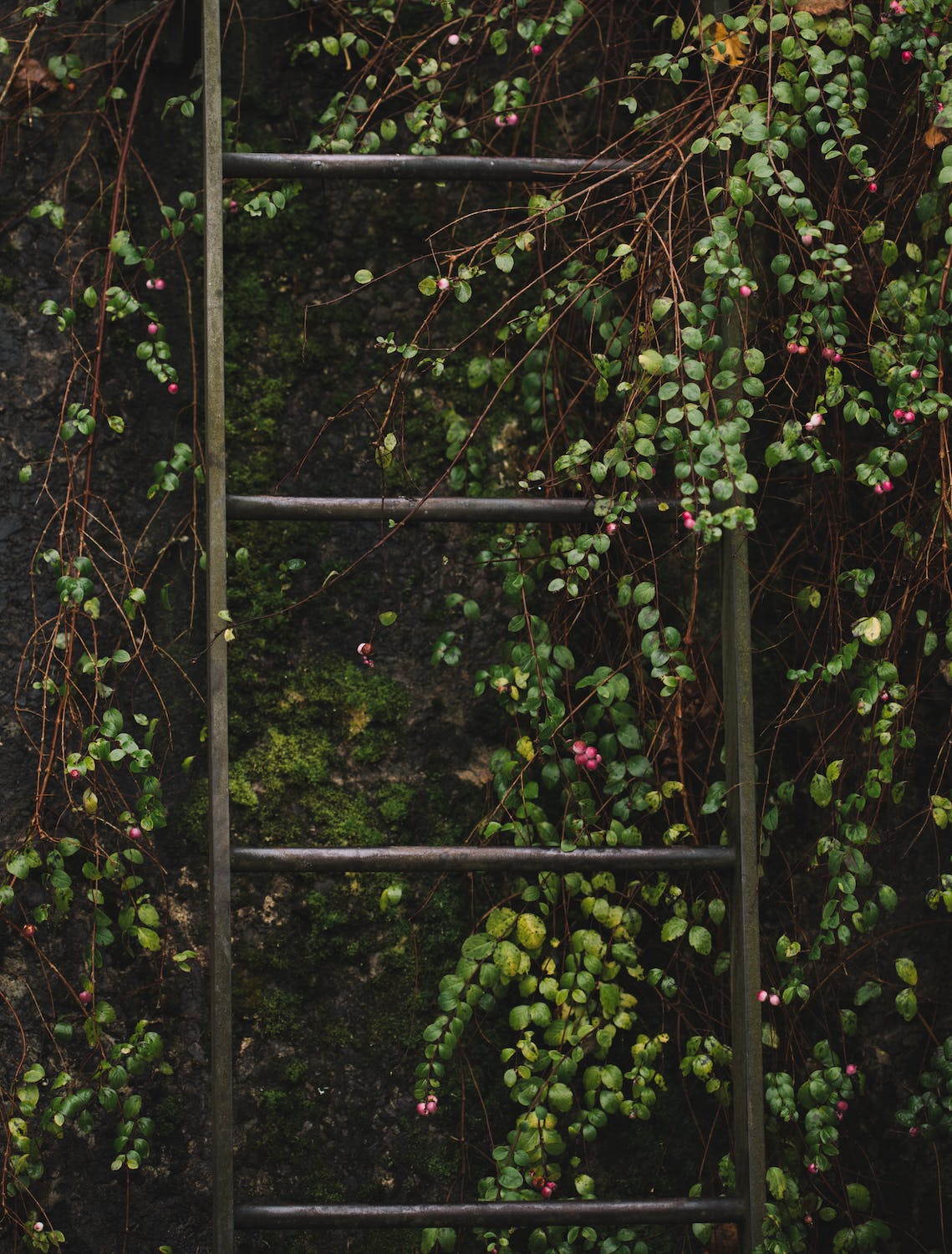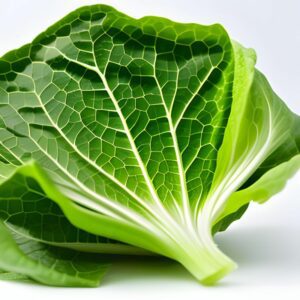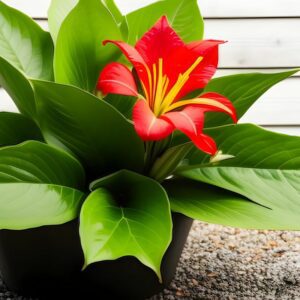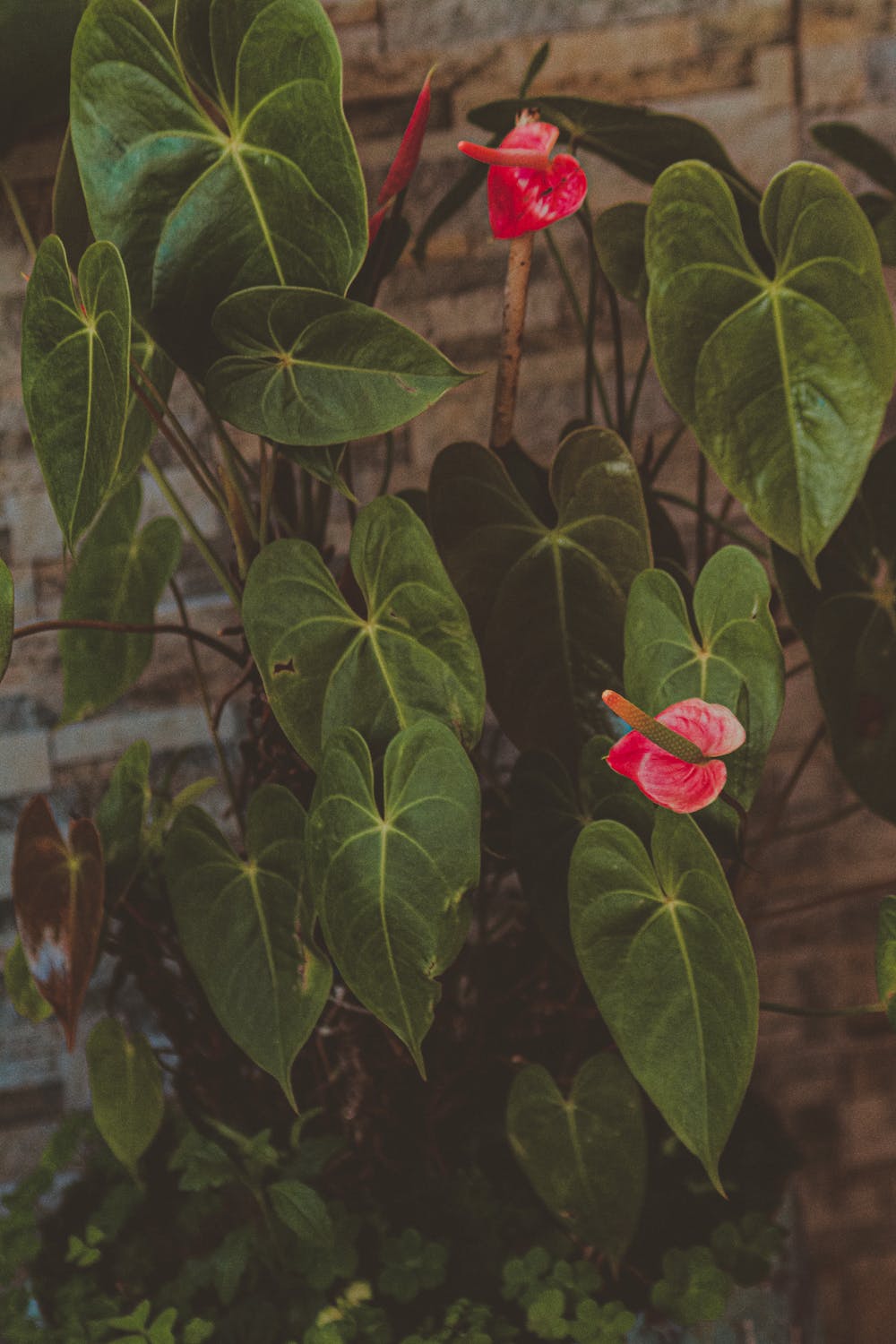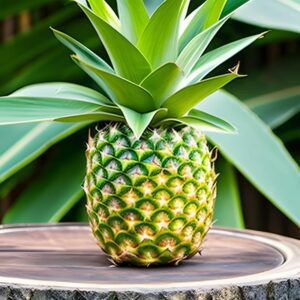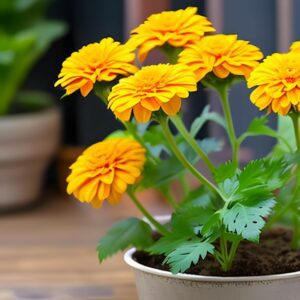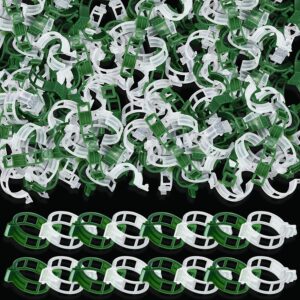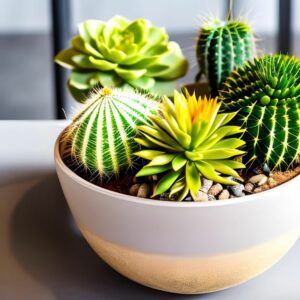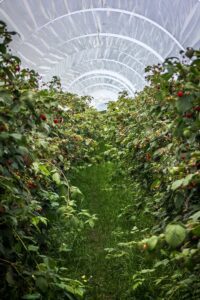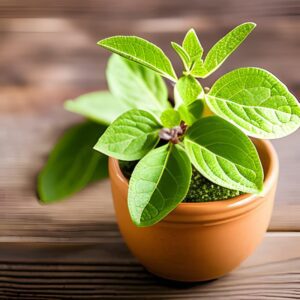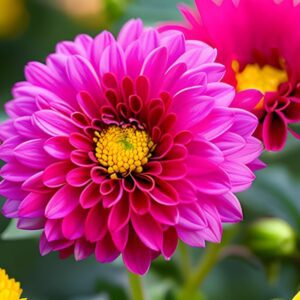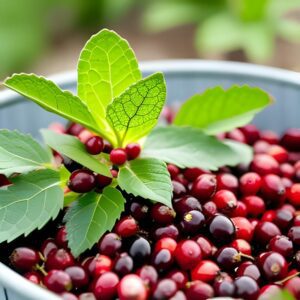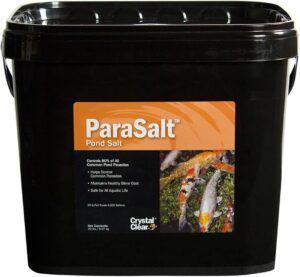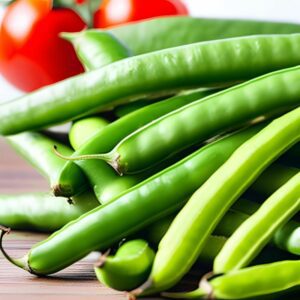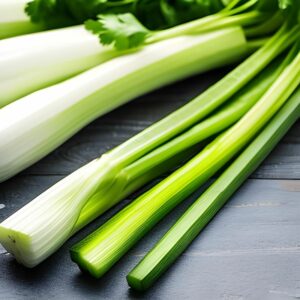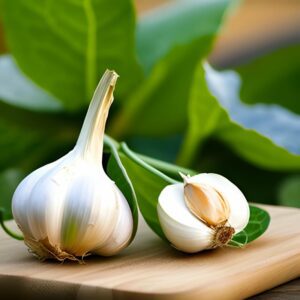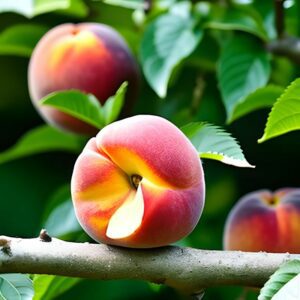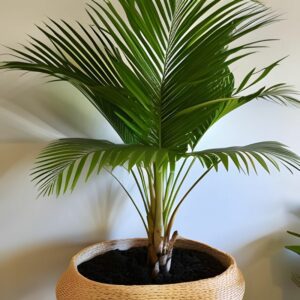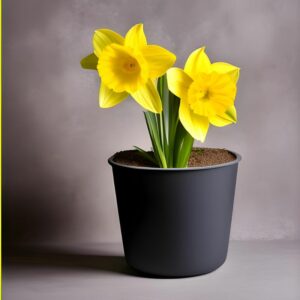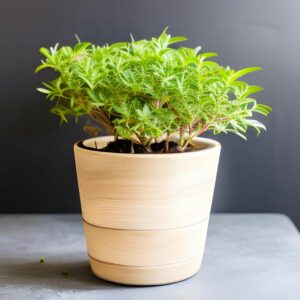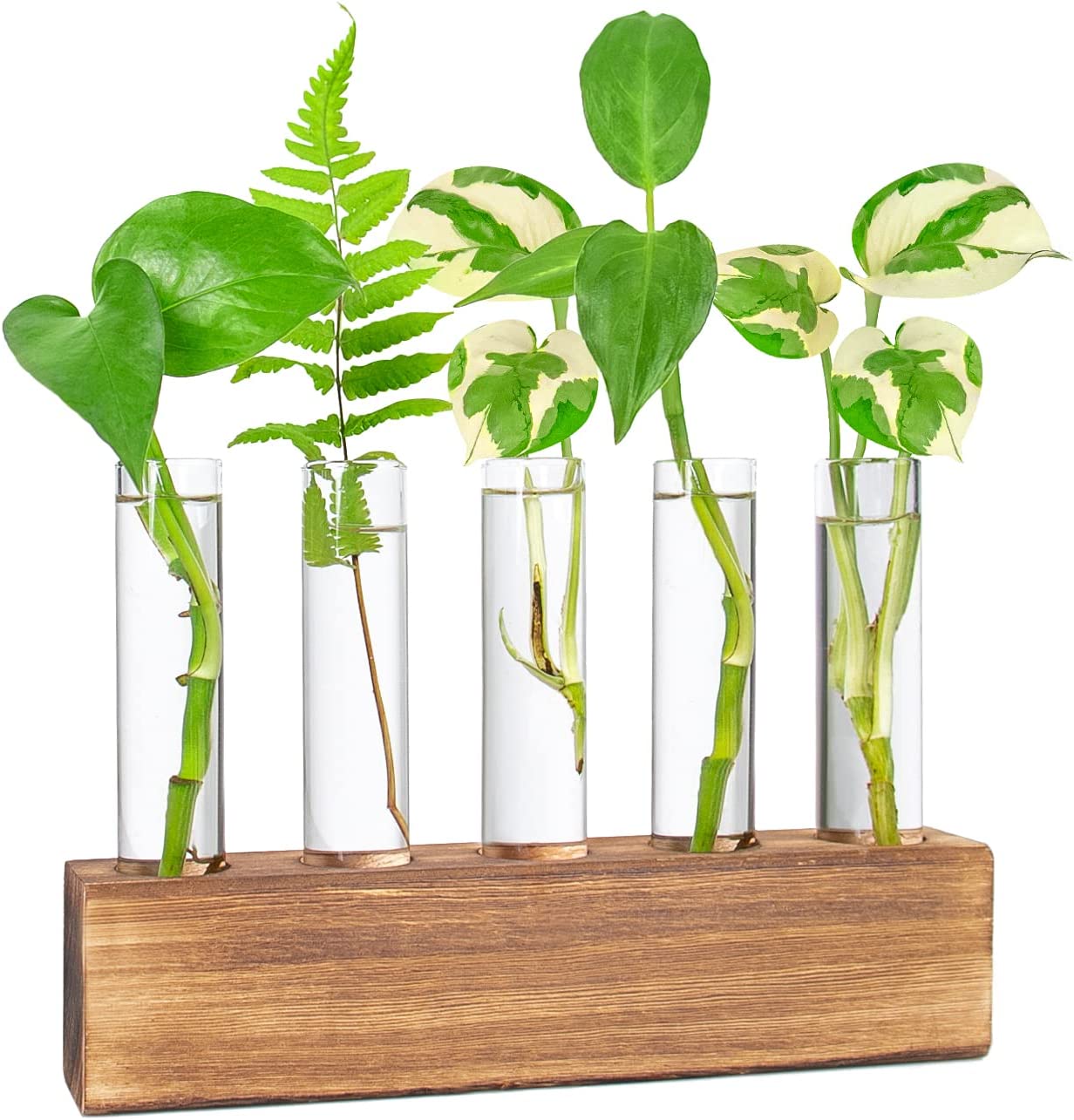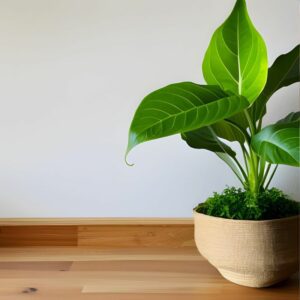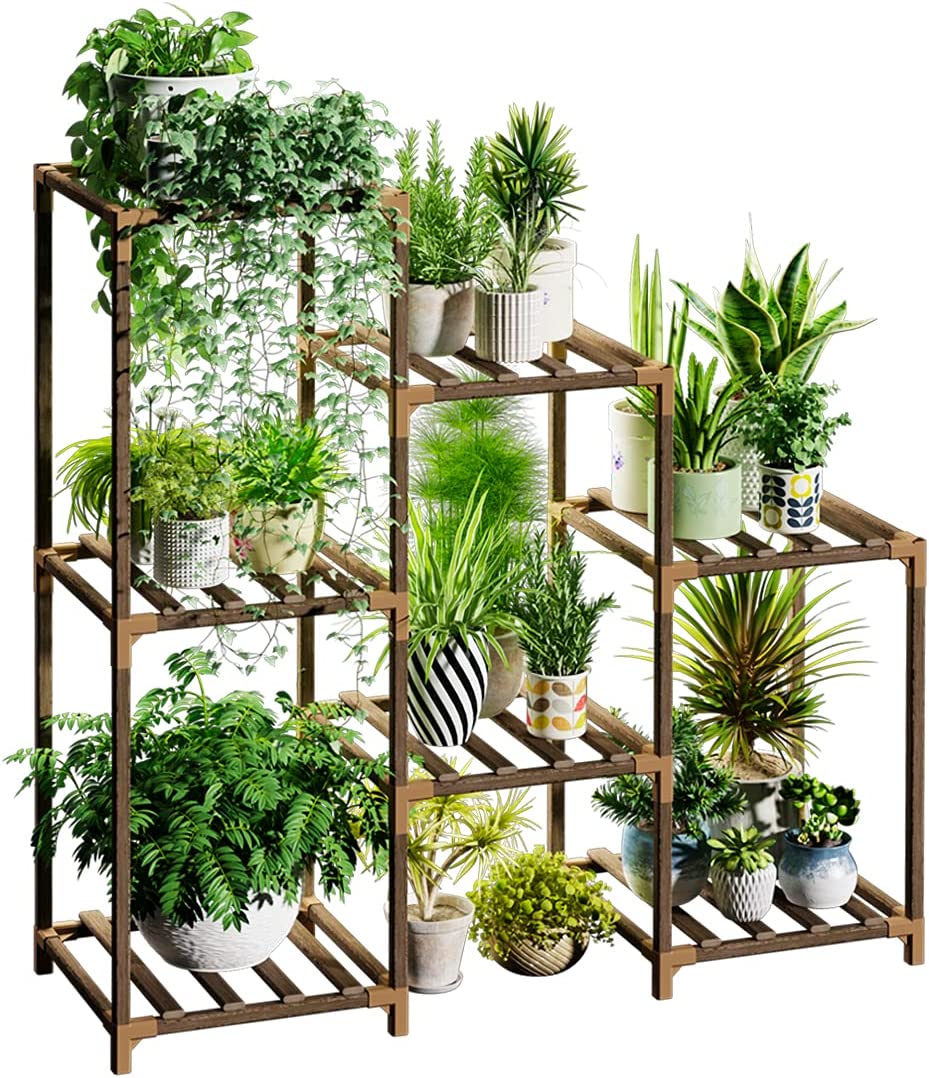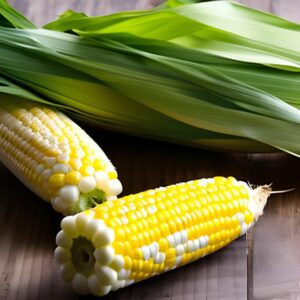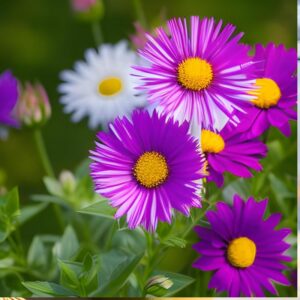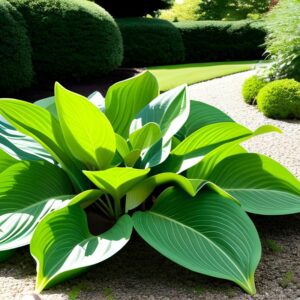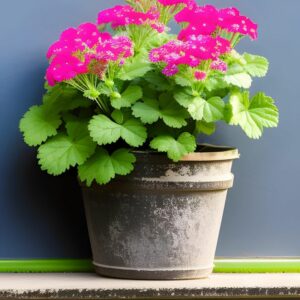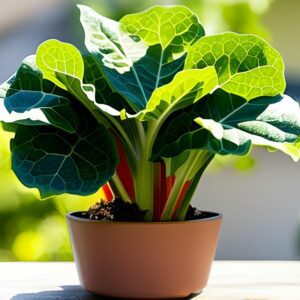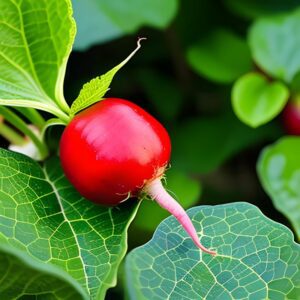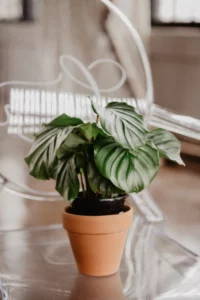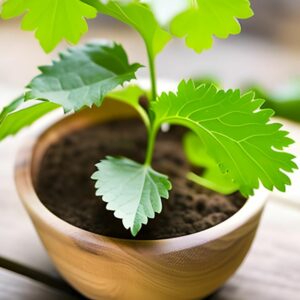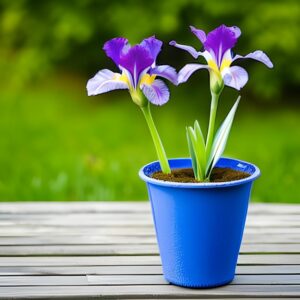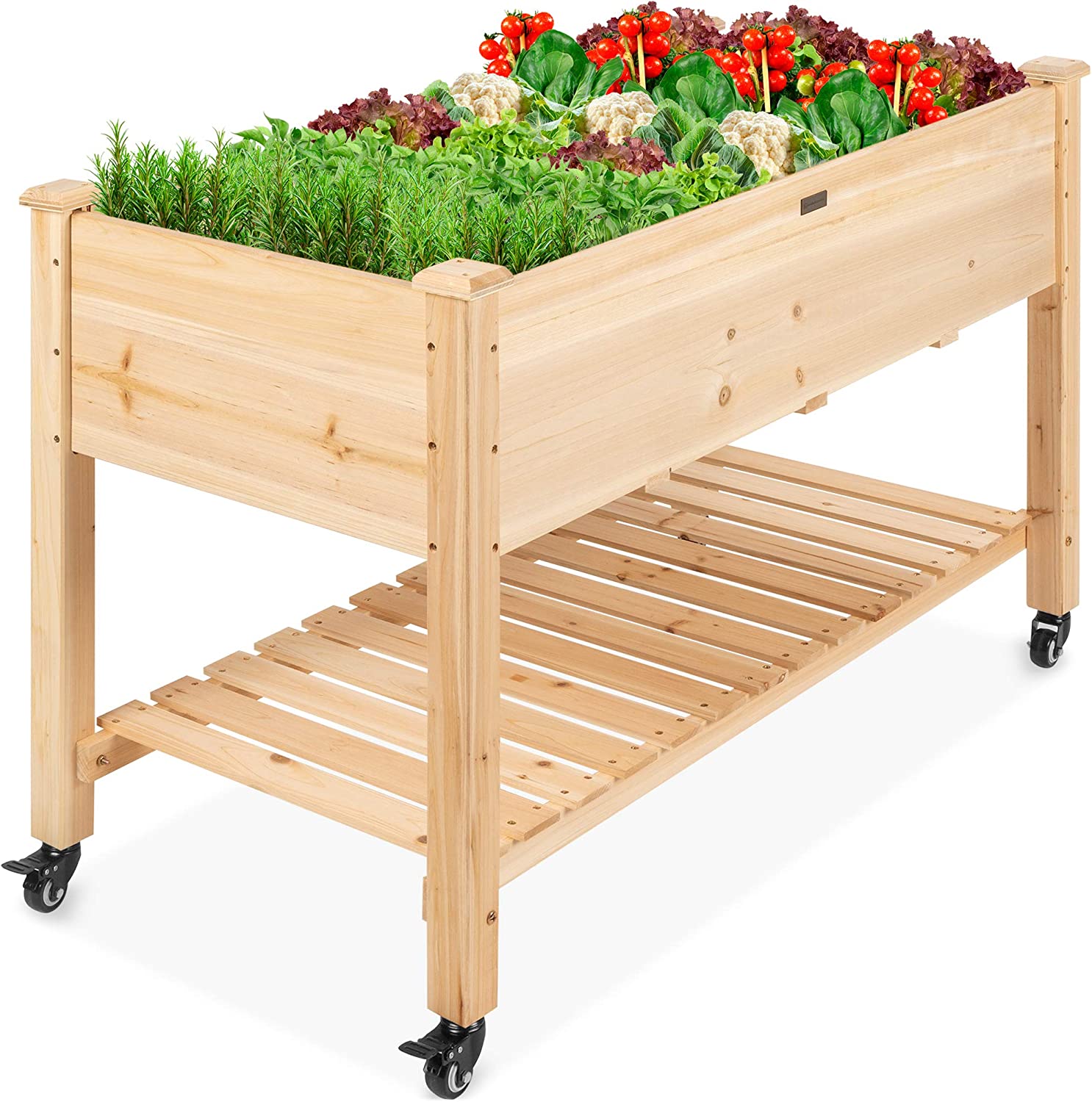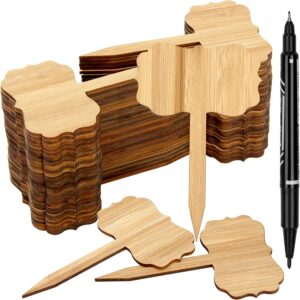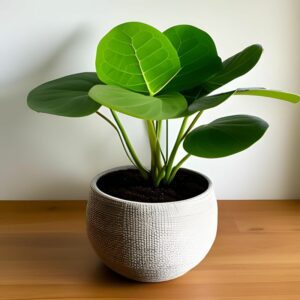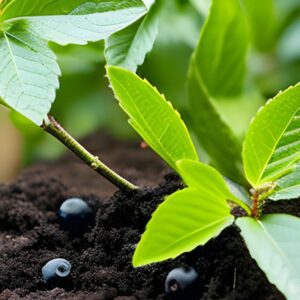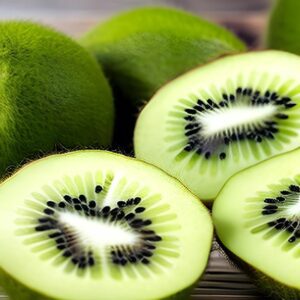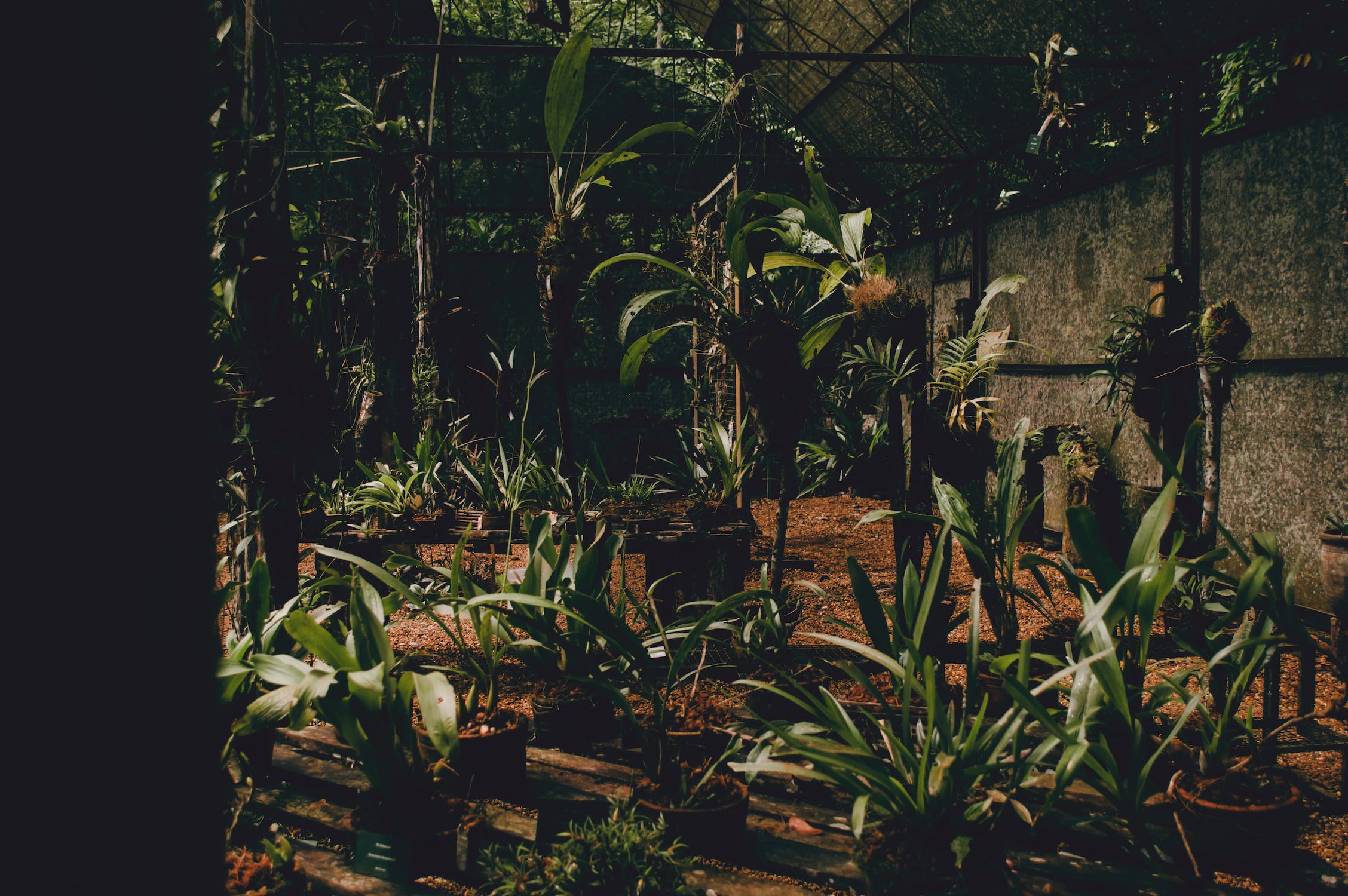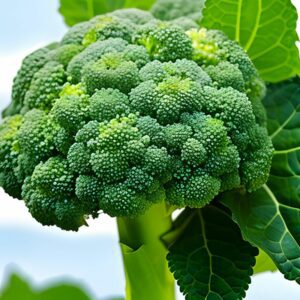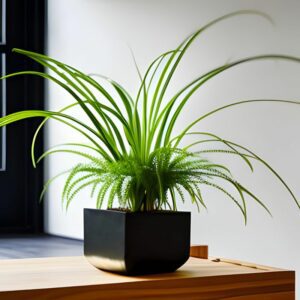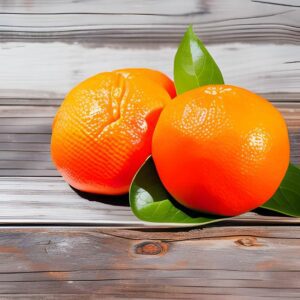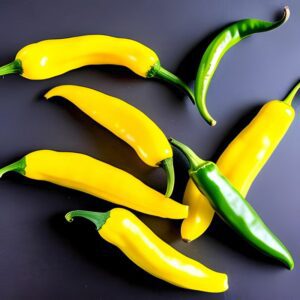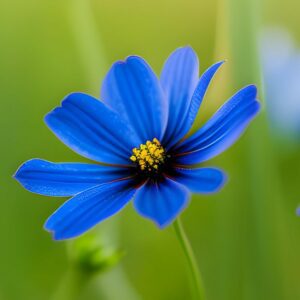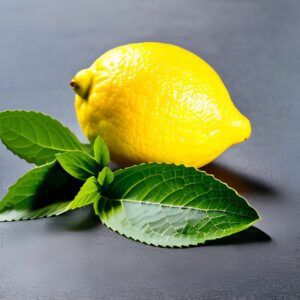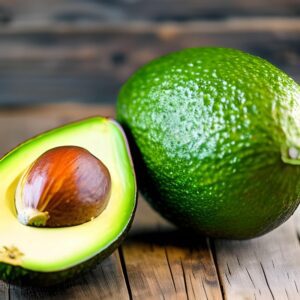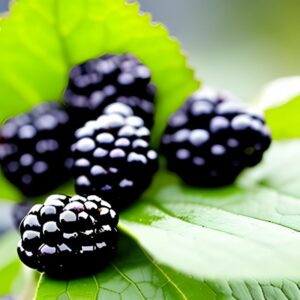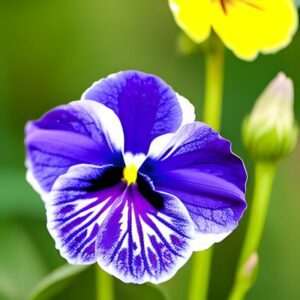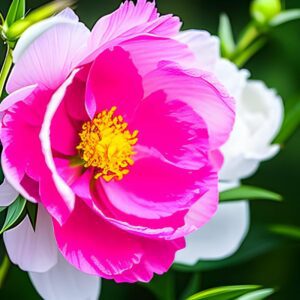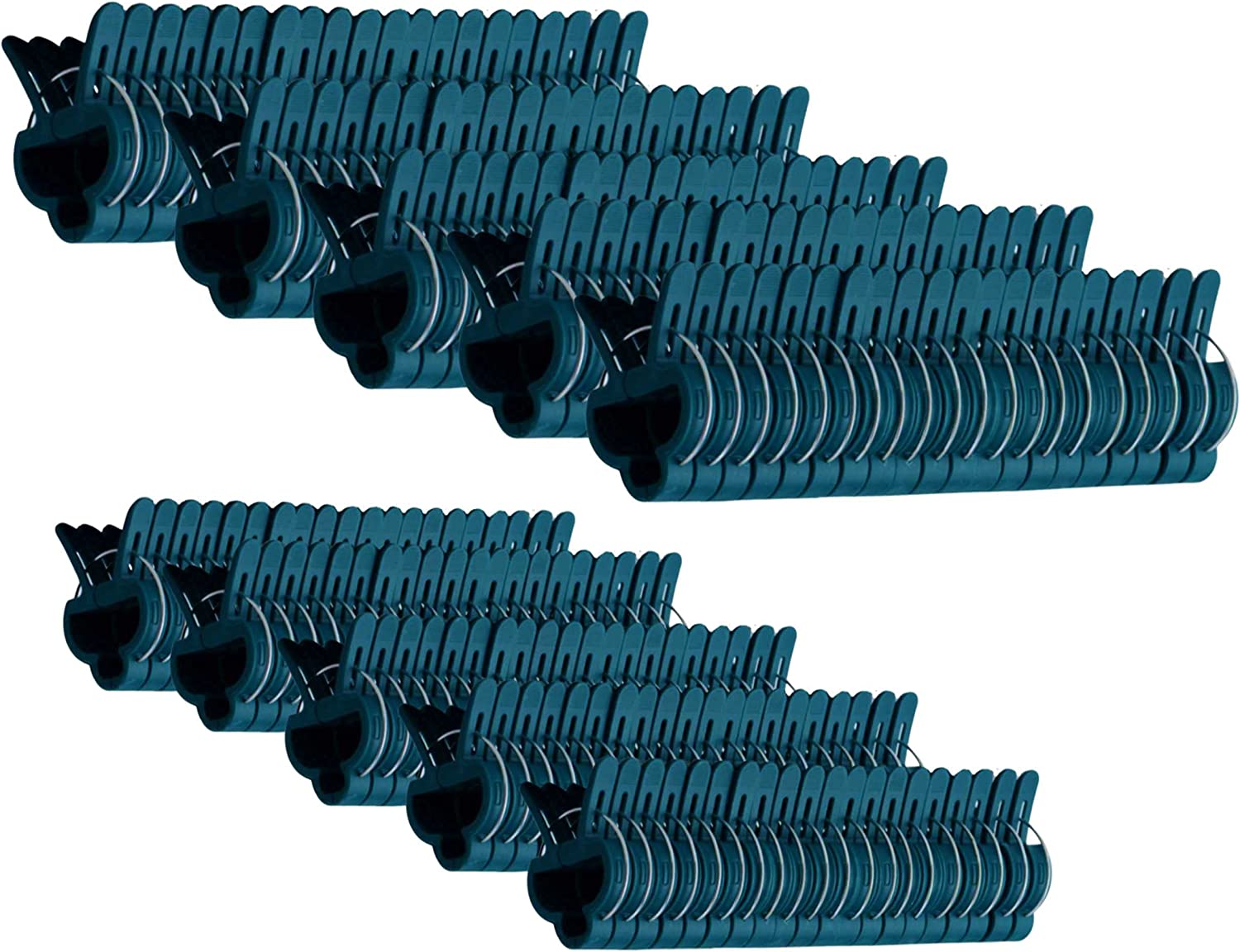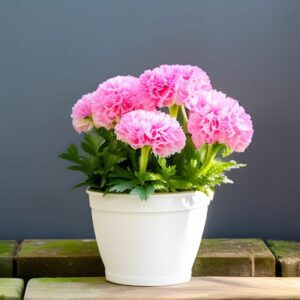Peppermint
Herbs
- Europe and Middle East
- Easy
- 70-90 days
Introduction
Peppermint is a refreshing and aromatic herb that originated in Europe and the Middle East. It is known for its distinct minty flavor and cooling properties. Peppermint is a popular herb used in culinary applications, teas, and aromatherapy.
Plant Characteristics
Peppermint plants have square stems and dark green leaves with serrated edges. The leaves release a strong mint fragrance when crushed. Peppermint plants can grow up to 1-3 feet in height, and they produce clusters of small lavender-colored flowers.
Ideal Growing Conditions
Peppermint thrives in partial shade to full sun and well-draining soil. It prefers consistently moist soil but can tolerate some drought. Peppermint is a hardy perennial herb and can be invasive, so it’s often grown in containers to control its spread.
Planting Guide
Plant peppermint seeds or transplants in spring after the last frost date. Choose a location with partial shade to prevent scorching in hot climates. Space plants 12-18 inches apart to allow for spreading. Plant peppermint in containers to prevent it from taking over the garden.
Watering and Fertilizing
Water peppermint regularly, aiming to keep the soil consistently moist. Mulching around the plants can help retain moisture. Peppermint does not typically require heavy fertilization but can benefit from a balanced herb or vegetable fertilizer applied in spring.
Pruning and Maintenance
Prune peppermint regularly to prevent it from becoming leggy or overgrown. Pinch off the top leaves or cut back stems to promote bushier growth. Remove any dead or yellowing leaves to maintain plant health.
Harvesting or Flowering
Harvest peppermint leaves as needed throughout the growing season. The leaves are most flavorful before the plant flowers. Cut the stems just above a leaf node to encourage regrowth. The flowers can be harvested for decorative purposes, but they have a milder flavor than the leaves.
Post-Harvest Care
Store harvested peppermint leaves in airtight containers or freeze them for longer-term storage. Discard any wilted or discolored leaves.
Troubleshooting
Peppermint is generally a resilient plant but can be susceptible to issues like powdery mildew or aphid infestations. Ensure good air circulation around the plants and promptly address any signs of pests or diseases.
Fun Facts
Peppermint is a hybrid of watermint and spearmint. It is widely used in culinary preparations, including teas, desserts, and savory dishes. Peppermint oil is commonly used in aromatherapy for its invigorating and soothing properties.
